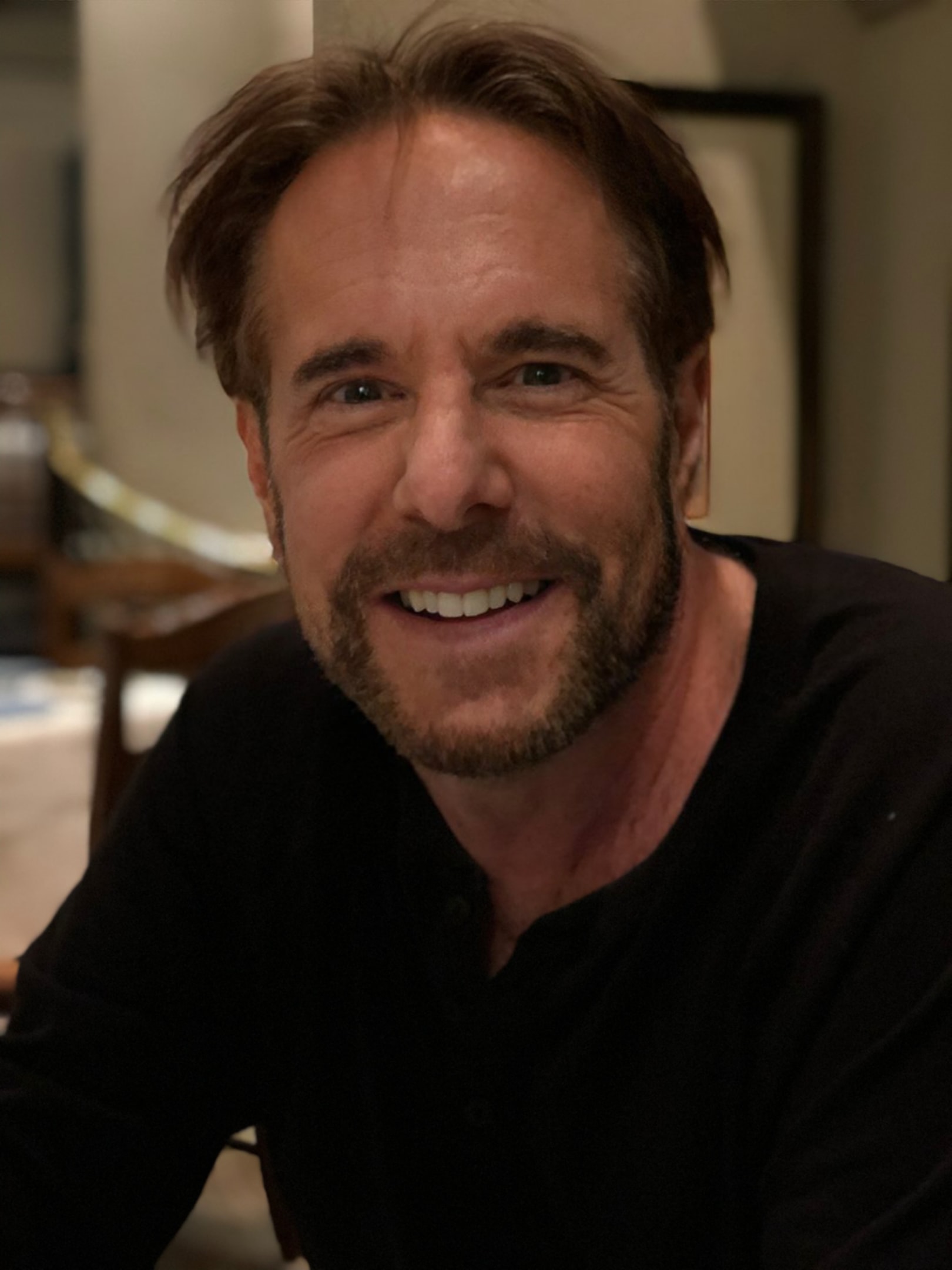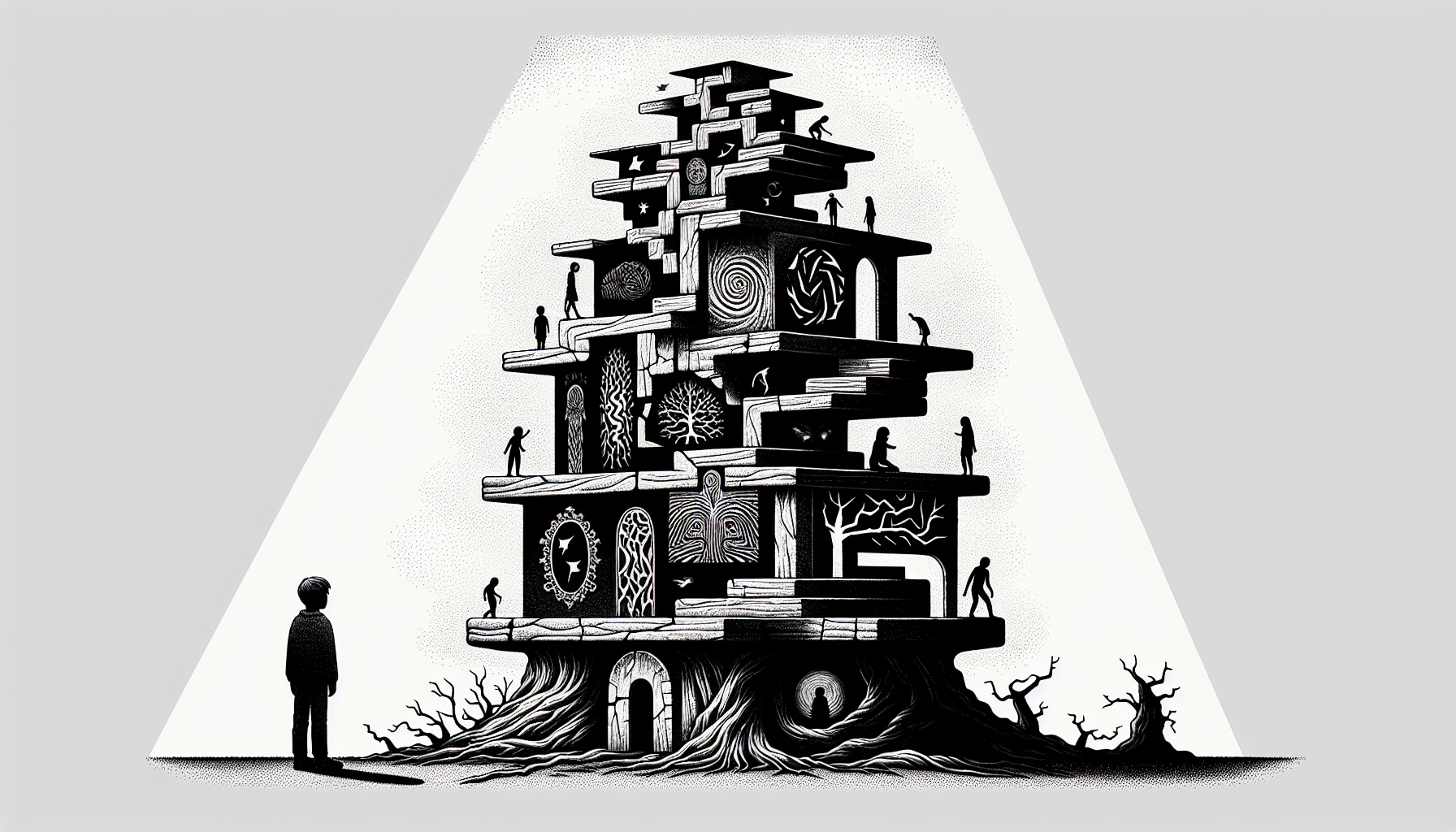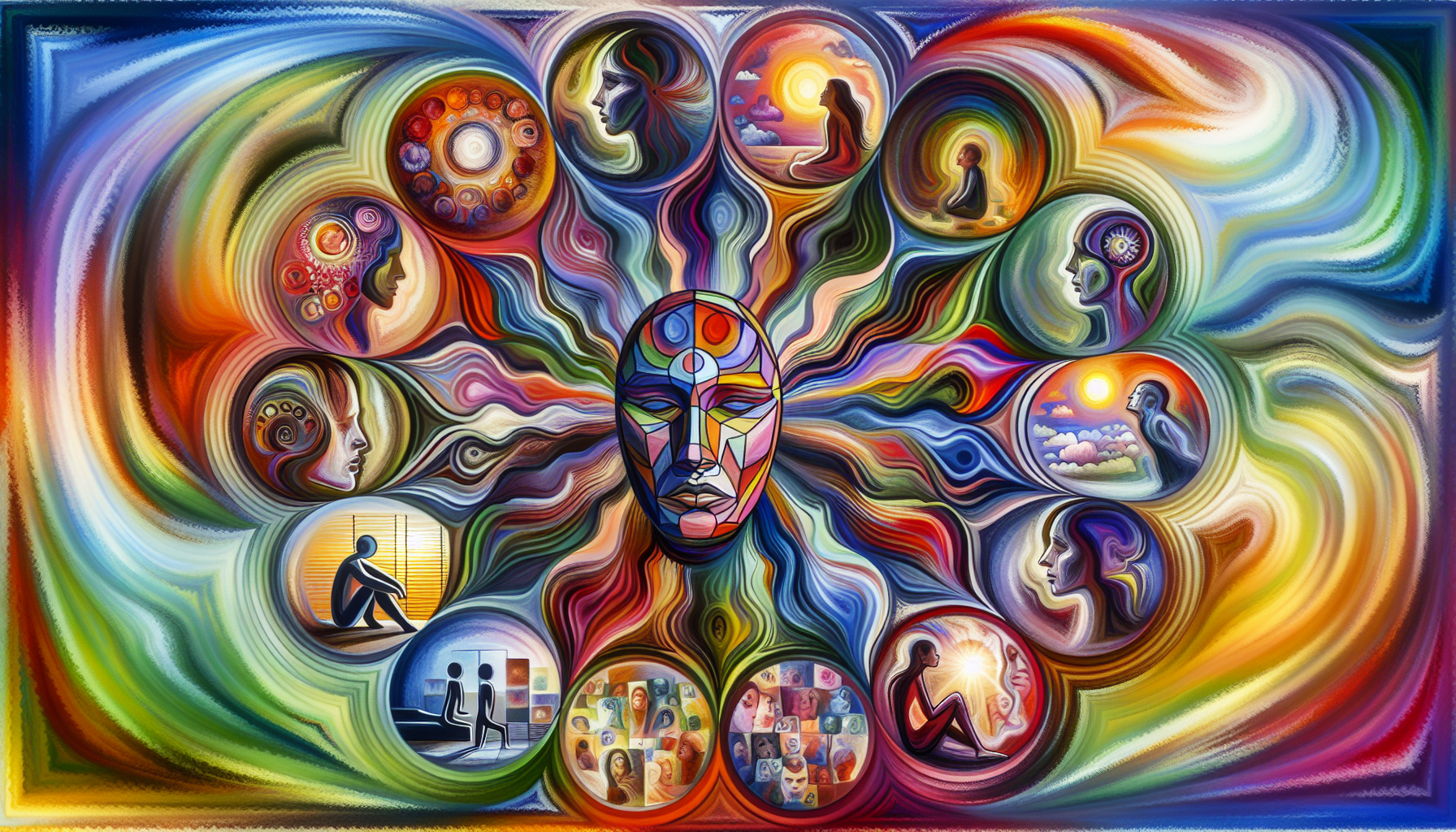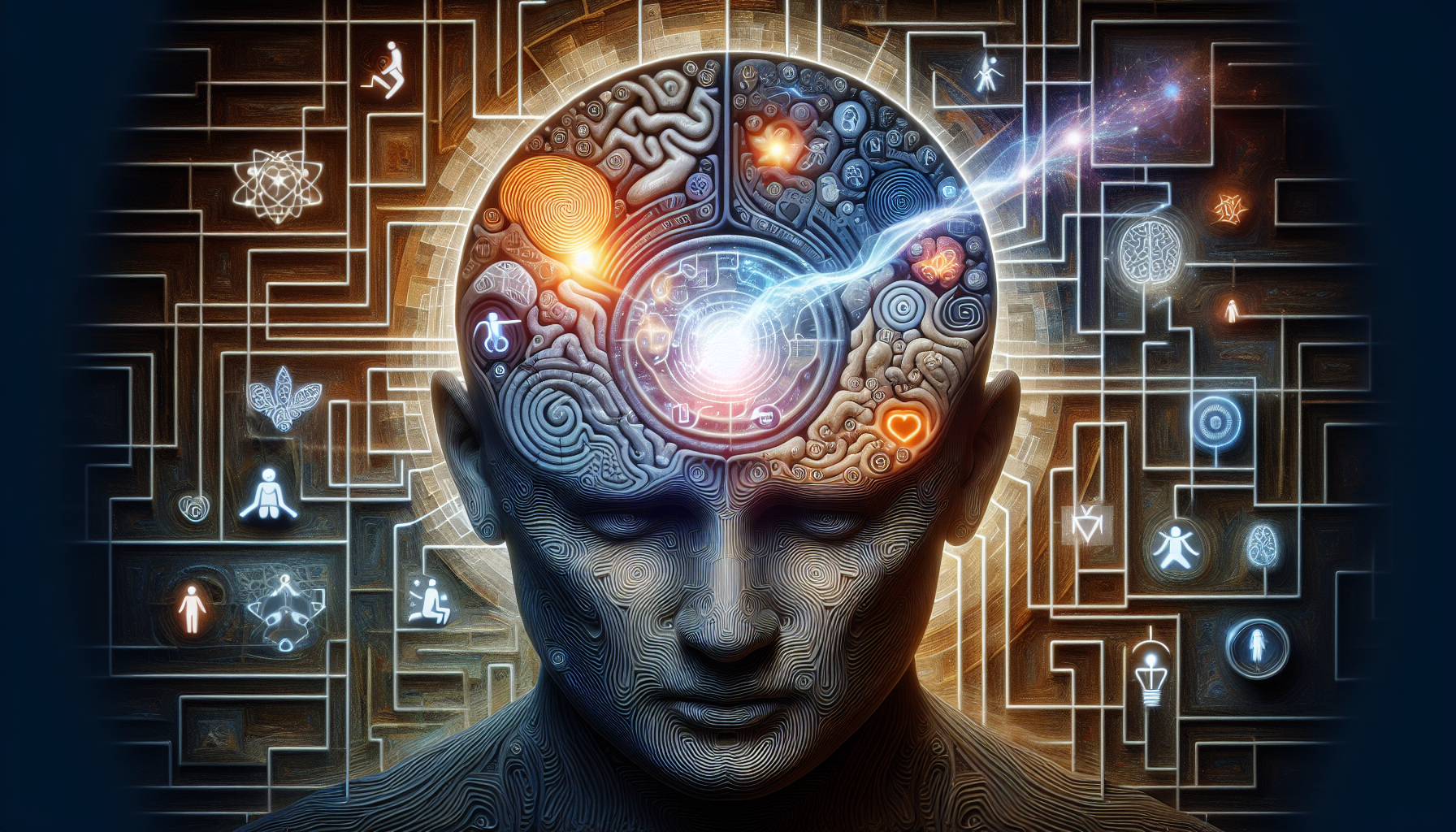Jeffrey Young’s Schema Therapy, also known as the Jeffrey Young Schema-Focused Therapy, targets deep-rooted emotional issues and core beliefs stemming from unmet childhood needs. Integrating cognitive-behavioral strategies with other therapeutic methods helps individuals identify and transform maladaptive schemas. This article explores the core principles, types of schemas, and therapeutic techniques used in schema therapy.
Key Takeaways of Jeffrey Young: Schema-Focused Therapy
- Schema therapy, pioneered by Jeffrey Young, combines elements from multiple disciplines to address deep-rooted emotional issues and self-destructive patterns stemming from unmet childhood needs.
- Early maladaptive schemas, deeply ingrained patterns formed during negative childhood experiences, are fundamental to many chronic mental health disorders; identifying and addressing these schemas in therapy can lead to significant healing.
- Schema therapy has shown significant effectiveness, particularly in treating personality disorders like Borderline Personality Disorder (BPD), through its comprehensive and integrated approach, but it faces challenges such as small sample sizes in studies and diverse patient needs.
The Foundations of Jeffrey Young’s Schema Therapy

Schema therapy, introduced by Jeffrey Young in 1990, is an integrative therapeutic approach that combines elements from:
- Cognitive behavioral therapy
- Attachment theory
- Psychodynamic therapy
- Gestalt therapy
- Emotionally focused therapy
This eclectic fusion is designed to address deep-rooted emotional issues and self-destructive patterns that often stem from unmet developmental needs during childhood. Unlike traditional cognitive therapy, which primarily focuses on distorted automatic thoughts, schema therapy goes beyond exploring and healing the underlying beliefs that shape these thoughts and behaviors.
The ultimate goal of schema therapy is to recognize and fulfill the fundamental needs for growth, healing, and self-improvement. This approach is particularly effective for individuals dealing with:
- Chronic depression
- Anxiety
- Relationship difficulties
- Other persistent mental health challenges
By focusing on the therapeutic relationship, schema therapy creates a supportive environment where clients can safely explore and transform their early maladaptive schemas.
Early Maladaptive Schemas and Coping Styles

Early maladaptive schemas are deeply ingrained patterns of thoughts, feelings, and behaviors formed during childhood due to unmet or inadequately met developmental needs. These schemas are like invisible blueprints that dictate how we perceive ourselves, others, and the world around us. When these early experiences are negative or lacking, they contribute to the development of dysfunctional beliefs and behaviors aimed at avoiding difficult emotions, such as:
- anxiety
- anger
- shame
- guilt
Grasping the concept of early maladaptive schemas is vital in schema therapy since these schemas are often the underlying cause of many chronic mental health issues. By identifying and addressing these schemas, individuals can start to break free from the patterns that have held them back for so long.
The Young Schema Questionnaire (Young Schema Questionnaire) is a tool frequently used to help clients identify their specific maladaptive schemas and understand how they influence their current behavior and emotional state.
Types of Early Maladaptive Schemas, Including Emotional Deprivation
Jeffrey Young identified a total of 18 early maladaptive schemas, each representing a distinct set of negative beliefs and behaviors rooted in unmet childhood needs that involve significant impairment. These schemas are grouped into five broad domains based on the specific developmental needs that were not adequately met. For instance, the Disconnection and Rejection domain includes schemas like abandonment, mistrust/abuse, emotional deprivation, defectiveness/shame, and social isolation/alienation.
These schemas can significantly impact an individual’s life, leading to various coping styles and maladaptive behaviors. Recognizing the various types of early maladaptive schemas is an essential step in schema therapy, enabling therapists to customize their approach based on their clients’ unique needs and challenges. By addressing these schemas, individuals can begin to heal from their past and develop healthier, more adaptive ways of thinking and behaving.
Impact on Mental Health Disorders
Early maladaptive schemas are linked to a wide range of mental health disorders, including:
- Recurrent depressive disorder
- Bipolar disorder
- Suicidal tendencies
- Obsessive-compulsive disorder
- Social phobia
- Addictions
- Various personality disorders
The pervasive influence of these schemas can significantly impair an individual’s ability to function and thrive. For example, a Defectiveness schema can lead to the perception of an undesirable physical appearance, leading to a coping style of avoidance and a mode of avoidant protector (staying away from a social situation to avoid feeling shame from this perception or schema).
Schema therapy, encompassing early maladaptive schemas, has proven to be particularly effective in treating personality disorders, chronic depression, and anxiety. By addressing the core schemas that underlie these conditions, schema therapy helps individuals achieve meaningful and lasting change. This therapeutic approach alleviates symptoms and empowers individuals to lead more fulfilling and emotionally healthy lives.
Schema Domains

Schema domains are five broad categories that represent core emotional needs. When these needs are not met during childhood, they result in the development of maladaptive schemas. Each domain encompasses specific schemas reflecting unmet needs and the resulting negative beliefs and behaviors. The five schema domains in Dr. Jeffrey Young’s schema therapy model are:
- Disconnection and Rejection
- Impaired Autonomy and Performance
- Impaired Limits
- Other-Directedness
- Over-Vigilance and Inhibition
Comprehending schema domains is key to classifying and tackling the 18 early maladaptive schemas. By recognizing the specific domain in which a schema falls, therapists can target the underlying issues more effectively and help clients meet their unmet emotional needs. This categorization also aids in developing a more structured and comprehensive treatment plan.
Disconnection and Rejection
The Disconnection and Rejection domain involves the expectation that one’s basic needs for safety, stability, nurturance, and belonging will not be consistently met. Individuals with schemas in this domain often come from:
- unpredictable families
- cold families
- rejecting families
- isolated families
- abusive families
These traumatic childhood experiences lead to difficulty forming secure bonds with others, a pervasive sense of mistrust, emotional deprivation, and excessive emotional involvement.
Schemas in this domain, such as abandonment and emotional deprivation, can cause individuals to feel disconnected from others and constantly fear rejection. This can manifest in various ways, including passive-aggressive behavior, emotional inhibition, and difficulty forming meaningful relationships – all of which are negative aspects of these schemas.
Addressing these early maladaptive schemas in therapy involves creating a secure and nurturing therapeutic environment where clients can explore and heal their deep-seated emotional wounds, including impaired limits and insufficient self control. Approval seeking recognition can also be helpful to stop schemas from an excessive emphasis on an underlying belief that is frequently characterized as the ability to exercise good judgment.
Impaired Autonomy and Performance
The Impaired Autonomy and Performance domain involves schemas related to a lack of sense of self and self-agency, often resulting from overprotective or overly involved parenting. This domain is characterized by beliefs that interfere with one’s ability to function independently and achieve personal goals. Individuals with schemas in this domain may struggle with feelings of incompetence, helplessness, and an exaggerated fear of failure.
Family environments that are enmeshed or overprotective can undermine a child’s confidence and autonomy, leading to schemas such as dependence/incompetence and vulnerability to harm or illness. Addressing these schemas in therapy involves helping clients build their sense of self-worth and autonomy, enabling them to take control of their lives and pursue their goals with confidence.
Excessive Responsibility and Standards
The Excessive Responsibility and Standards domain involves an excessive focus on meeting high internal standards, usually to avoid criticism or maintain a sense of worth. This domain includes schemas like unrelenting standards/hypercriticalness and punitiveness, which can lead to chronic pressure and emotional distress. Individuals with schemas in this domain often experience significant impairment in pleasure, relaxation, and self-esteem due to their rigid rules and unrealistic expectations. In some cases, this excessive focus may be a result of unjustified and extreme negligence from others in their past, causing them to overcompensate in their pursuit of perfection.
These schemas can cause individuals to feel constantly pressured to perform and meet high standards, leading to feelings of inadequacy and failure. Therapy aims to help clients recognize and challenge their unrealistic standards, allowing them to develop a more balanced and compassionate view of themselves and their abilities.
Schema-Focused Therapy and Schema Modes

Schema modes are dynamic emotional states within schema therapy that capture moment-to-moment experiences and coping responses. Recognizing different schema modes is important for managing the intricacies of the self in therapy. These modes represent different parts of ourselves that work together in various ways to meet our basic needs. There are four categories of schema modes:
- Child modes
- Dysfunctional Coping modes
- Dysfunctional Parent modes
- Healthy Adult mode
Identifying and tackling these modes can assist therapists in aiding clients to handle their emotional and behavioral responses more proficiently. This understanding allows for a more nuanced and personalized approach to therapy, enabling individuals to achieve greater emotional stability and well-being.
Child Modes
Child modes, such as the vulnerable child mode, are emotional states rooted in early experiences and unmet needs. These modes are characterized by intense, child-like emotional responses, often manifesting as feelings of sadness, helplessness, and rejection. The vulnerable child mode is central to schema therapy and represents the part of oneself that feels sadness, abandonment, or fear.
Addressing child modes in therapy involves:
- Creating a safe and nurturing environment where clients can explore and process their early emotional experiences
- Validating and supporting the vulnerable child mode
- Helping clients heal their deep-seated emotional wounds
- Developing healthier ways of coping with their emotions
By following these steps, therapists can effectively address child modes and support their clients in their healing journey.
Maladaptive Coping Modes
Maladaptive coping modes develop as protective mechanisms but can hinder normal social interaction and emotional expression. These modes can include behaviors such as avoidance, surrender, and overcompensation to cope with underlying schemas. While these coping styles may provide short-term relief, they often reinforce negative schemas and impede emotional health.
For example, in response to the vulnerable child mode, individuals may use coping modes such as fight (overcompensation), flight (avoidance), or freeze (surrender). Therapy aims to help clients recognize and modify these maladaptive coping modes, allowing them to develop more adaptive and healthy ways of responding to their emotional needs.
Therapeutic Techniques in Schema-Focused Therapy

The therapeutic techniques used in schema therapy are diverse and integrative, aimed at healing active schemas and improving life quality. These techniques include cognitive, emotion-focused, and behavioral interventions, each targeting different aspects of the schemas. Limited reparenting and empathic confrontation are central to schema therapy’s therapeutic techniques, providing a corrective emotional experience for the client.
Schema-Focused Therapy promotes enhanced self-esteem and psychological awareness by customizing the therapy to address each individual’s unique early maladaptive schemas. This personalized approach helps clients gain control over their thinking and behavior, leading to meaningful and lasting change through schema therapy change schemas.
Cognitive Strategies
Cognitive strategies in schema therapy aim to challenge and change maladaptive schemas by collecting evidence and reframing thoughts. These cognitive interventions test the validity of schemas and often involve discussing the pros and cons of client behaviors. Techniques such as data collection, reframing/reattribution, schema flashcards, diaries, and schema dialogues are commonly used to help clients reframe their thoughts and beliefs.
Participation in these cognitive techniques allows clients to explore the positive or optimistic aspects of their situations, leading them to:
- Start identifying the inconsistencies between their schemas and reality
- Develop a more balanced and realistic perspective
- Reduce the influence of maladaptive schemas on their thoughts and behaviors.
Experiential Techniques
Experiential techniques in schema therapy include methods such as guided imagery and role-playing, which help clients process and change negative beliefs from aversive childhood memories. Guided imagery, for instance, is used to understand the origins of emotional problems and to replace negative emotions with positive ones. This technique allows clients to reimagine and reprocess traumatic memories, addressing unmet emotional needs.
Other experiential techniques, like chair dialogues and imagery rescripting, help clients express and manage complex emotions. These methods provide a safe and controlled environment for clients to explore their emotions and develop healthier ways of coping with their past experiences.
Behavioral Pattern-Breaking
Behavioral pattern-breaking techniques in schema therapy aim to replace maladaptive behaviors with adaptive ones through practice and reinforcement. Therapists use behavioral interventions such as:
- Role-playing
- Chair work
- Homework assignments
- Flashcards
to help clients identify and modify their behavioral responses. These techniques are designed to transform outcomes and reinforce adaptive behaviors.
A key challenge in schema-focused therapy is helping clients replace unhealthy coping styles with adaptive behaviors. Through these behavioral techniques, clients can adopt new thought patterns and behaviors, paving the way for more positive and rewarding life patterns by learning to exercise sufficient self control.
The Role of the Therapeutic Relationship
The therapeutic relationship is a cornerstone of schema therapy, providing a secure base for clients to explore and address deep-seated emotional issues. This relationship is critical for creating a safe environment where clients feel understood and supported. The therapeutic relationship in schema therapy contrasts with past experiences of mistrust and emotional harm, offering a corrective emotional experience.
Consistency and reliability of the therapist are essential for building trust with the client. A strong therapeutic alliance helps in identifying and modifying maladaptive schemas, fulfilling unmet childhood needs through limited reparenting. This relationship fosters a sense of safety, allowing clients to engage more deeply in the therapeutic process and achieve meaningful change.
Building Trust and Safety
Building trust and safety in schema therapy involves:
- Establishing a genuine and empathetic connection with the client
- Creating a non-judgmental and supportive therapeutic environment
- Enhancing the secure and true sense of safety, allowing clients to feel secure in sharing their experiences
- Consistently validating the client’s experiences and feelings
These steps are fundamental to building trust in schema therapy.
Therapists can establish a genuine trust with their clients by sharing personal experiences and setting healthy boundaries. This connection is vital for exploring and healing deep-seated emotional wounds, enabling clients to develop healthier ways of thinking and behaving.
Addressing Emotional Needs
Addressing emotional needs is a central focus of schema therapy, involving the identification and fulfillment of unmet core emotional needs from childhood. Therapists provide emotional support by validating clients’ feelings and offering corrective emotional experiences. This process helps clients understand and meet their emotional needs adaptively, reducing the influence of harmful thought patterns.
Through ongoing emotional support and validation, therapists assist clients in developing healthier emotional coping strategies and asserting their autonomy. They fight against emotional inhibition. This approach fosters emotional expression and healing, enabling clients to lead more fulfilling and emotionally healthy lives.
Outcome Studies and Effectiveness
Schema-Focused Therapy has shown significant effectiveness in reducing the severity of various mental health disorders, particularly borderline personality disorder (BPD). Combined individual and group schema therapy (IGST) has been found to be more effective in reducing BPD severity compared to treatment as usual (TAU) and partial group schema therapy (PGST). This approach also results in higher treatment retention rates, indicating its long-term benefits and effectiveness.
Studies have shown that schema therapy can lead to meaningful and lasting change, helping individuals achieve greater emotional stability and well-being. By addressing the core schemas that underlie chronic mental health issues, schema therapy offers a comprehensive approach to healing and personal growth.
Long-term Benefits
Patients undergoing IGST continue to show improvement in BPD severity even after the completion of treatment. This continued improvement is observed during the second and third years of IGST treatment, highlighting the lasting positive outcomes of schema therapy.
The long-term benefits of schema therapy include not only a reduction in symptoms but also an overall improvement in quality of life. By addressing the root causes of chronic mental health issues, schema therapy helps individuals achieve lasting emotional health and well-being.
Comparative Effectiveness
Integrated Group Schema Therapy (IGST) has shown superior results in reducing specific traits and overall severity of Borderline Personality Disorder (BPD) compared to other treatments. IGST is more effective than Partial Group Schema Therapy (PGST) and Treatment As Usual (TAU) in addressing schemas, schema modes, and affective instability.
The comparative effectiveness of IGST highlights its potential as a powerful therapeutic approach for individuals with BPD and other chronic mental health issues. Through a comprehensive and integrated treatment plan, IGST enables clients to realize substantial and enduring change.
Limitations and Challenges
Despite its effectiveness, schema therapy faces several limitations and challenges. Some of these include:
- Lack of empirical support in treating complex personality disorders, which some practitioners view as a limitation
- Experiential techniques integral to schema therapy might be seen as too emotionally intense for some clients
- Requirement for therapists to address their unresolved issues can pose a challenge for effective implementation
Another challenge is the long-term nature of schema therapy, which often continues for months or even years. This extended duration can be daunting for both clients and therapists, requiring a significant commitment to the therapeutic process. Nevertheless, the potential for deep-seated and enduring change validates the merit of schema therapy.
Small Sample Sizes
One limitation of schema therapy studies is the small sample sizes, which can limit the generalizability of the findings. Studies with small sample sizes may not adequately represent the diverse population affected by the issues targeted by schema therapy. This limitation makes it difficult to draw broad conclusions about the therapy’s effectiveness across different populations.
Diverse Patient Needs
Addressing the diverse needs of patients in schema therapy can be challenging due to varying responses, characteristics, and cultural backgrounds. Patients with different cultural backgrounds may respond differently to schema therapy techniques, requiring an individualized approach to effectively cater to their varied needs.
Such diversity calls for a versatile and adaptable therapeutic approach to guarantee that all clients get the necessary support for achieving significant change.
The History of Schema Therapy and How It Has Evolved
The development of schema therapy began with Jeffrey Young’s recognition of the limitations of cognitive therapy in addressing deep-seated emotional issues. Inspired by Dr. Arnold Lazarus’ integration of theory and empirical research, Young sought to create a more comprehensive therapeutic approach. His collaboration with Aaron Beck, a prominent figure in cognitive therapy, played a significant role in forming his approach to schema therapy.
Schema therapy has evolved to incorporate elements from:
- Cognitive behavioral therapy
- Attachment theory
- Psychodynamic therapy
- Gestalt therapy
This integrative approach addresses unmet core emotional needs from childhood, providing a pathway for profound healing and personal growth. The use of experiential techniques, such as guided imagery and role-playing, has further enhanced the effectiveness of schema therapy.
The History of Jeffrey Young and Schema Focused Therapy
Jeffrey Young’s journey in developing schema therapy began with his natural talent and interest in understanding human psychology from a young age. At Yale University, Young was inspired by Dr. Arnold Lazarus’ integration of theory and empirical research in psychotherapy. His collaboration with Aaron Beck, a prominent figure in cognitive therapy, played a significant role in forming his approach to schema therapy.
Young realized the limitations of cognitive therapy’s focus on distorted automatic thoughts and sought to address deeper emotional issues rooted in childhood. Schema therapy emphasizes the importance of meeting unmet core emotional needs from childhood through techniques like limited reparenting. Despite facing backlash from the cognitive therapy community, Young’s perseverance led to the development of a comprehensive and effective therapeutic approach.
Introducing the Schema Therapy Training Center of New York
Travis Atkinson is the Director of the Schema Therapy Training Center of New York (STTCNY) and has been instrumental in advancing schema therapy. He began his journey in schema therapy in 1995, training directly with Dr. Jeffrey Young. In 1998, he became a staff clinician at the Cognitive Therapy Center of New York, working closely with Young and esteemed colleagues.
Atkinson’s contributions to schema therapy include:
- Serving as the media coordinator on the executive board of the International Society of Schema Therapy (ISST) from 2014 to 2020
- Greatly contributing to the swift progression of schema therapy
- Continuing to upgrade therapeutic skills
- Effectuating significant change through STTCNY’s online training program.
Global Online Schema Therapy Trainings Toward Certification
The Schema Therapy Training Center of New York offers globally recognized online training and certification programs approved by the International Society of Schema Therapy (ISST). Courses are available for certification in both individual and couples schema therapy, with start dates in Fall 2024 and Spring 2025. The center provides a dynamic digital classroom experience that encourages interaction, collaboration, and shared wisdom among therapists.
The center’s training programs are based on validated methodologies to guarantee effective knowledge retention and application. Interactive, hands-on training is facilitated through practical simulations and case-based learning, offering an immersive and productive online learning journey. Completion of the training programs fulfills coursework requirements for ISST certification, helping therapists enhance their skills and bring about meaningful change in their clients’ lives.
How to Get Certified in Schema Therapy
In summary, Jeffrey Young’s schema therapy provides a powerful framework for understanding and addressing deep-seated emotional issues rooted in childhood. This integrative approach combines elements from various therapeutic models to create a comprehensive treatment plan tailored to the unique needs of each individual. By focusing on early maladaptive schemas, schema domains, and schema modes, schema therapy helps individuals achieve lasting emotional health and well-being.
The therapeutic techniques used in schema therapy, including cognitive, experiential, and behavioral interventions, offer a pathway to genuine healing and growth. The strong therapeutic relationship is essential for creating a safe and supportive environment where clients can explore and transform their schemas. Despite its challenges, schema therapy has proven to be an effective and transformative approach for many individuals. If you’re ready to break free from the chains of your past and embrace a brighter future, schema therapy might just be the key you’ve been searching for.
Frequently Asked Questions
What is schema therapy?
Schema therapy is an integrative approach that combines elements from various therapeutic modalities to address chronic mental health issues and self-destructive patterns, developed by Jeffrey Young. It is a comprehensive method that aims to help individuals overcome deep-rooted emotional and behavioral challenges.
What are early maladaptive schemas?
Early maladaptive schemas are deeply ingrained patterns of thoughts, feelings, and behaviors formed during childhood due to unmet developmental needs, contributing to dysfunctional behaviors and beliefs. Learning to recognize and address these schemas is crucial for personal growth.
How does schema therapy address emotional needs?
Schema therapy tackles emotional needs by recognizing and confronting destructive thought patterns, offering validation and corrective emotional experiences, and aiding individuals in fulfilling unmet childhood emotional needs. This approach is crucial for healing and growth.
What are schema modes?
Schema modes are dynamic emotional states representing moment-to-moment experiences and coping responses within schema therapy. There are four categories of schema modes: Child modes, Dysfunctional Coping modes, Dysfunctional Parent modes, and the Healthy Adult mode. These play a significant role in understanding and addressing maladaptive patterns (Date unknown).
What are the long-term benefits of schema therapy?
The long-term benefits of schema therapy are significant, including continued improvement in mental health disorder severity, lasting positive outcomes, and an overall improvement in quality of life. Schema therapy helps individuals achieve lasting emotional health and well-being by addressing the root causes of chronic mental health issues.







